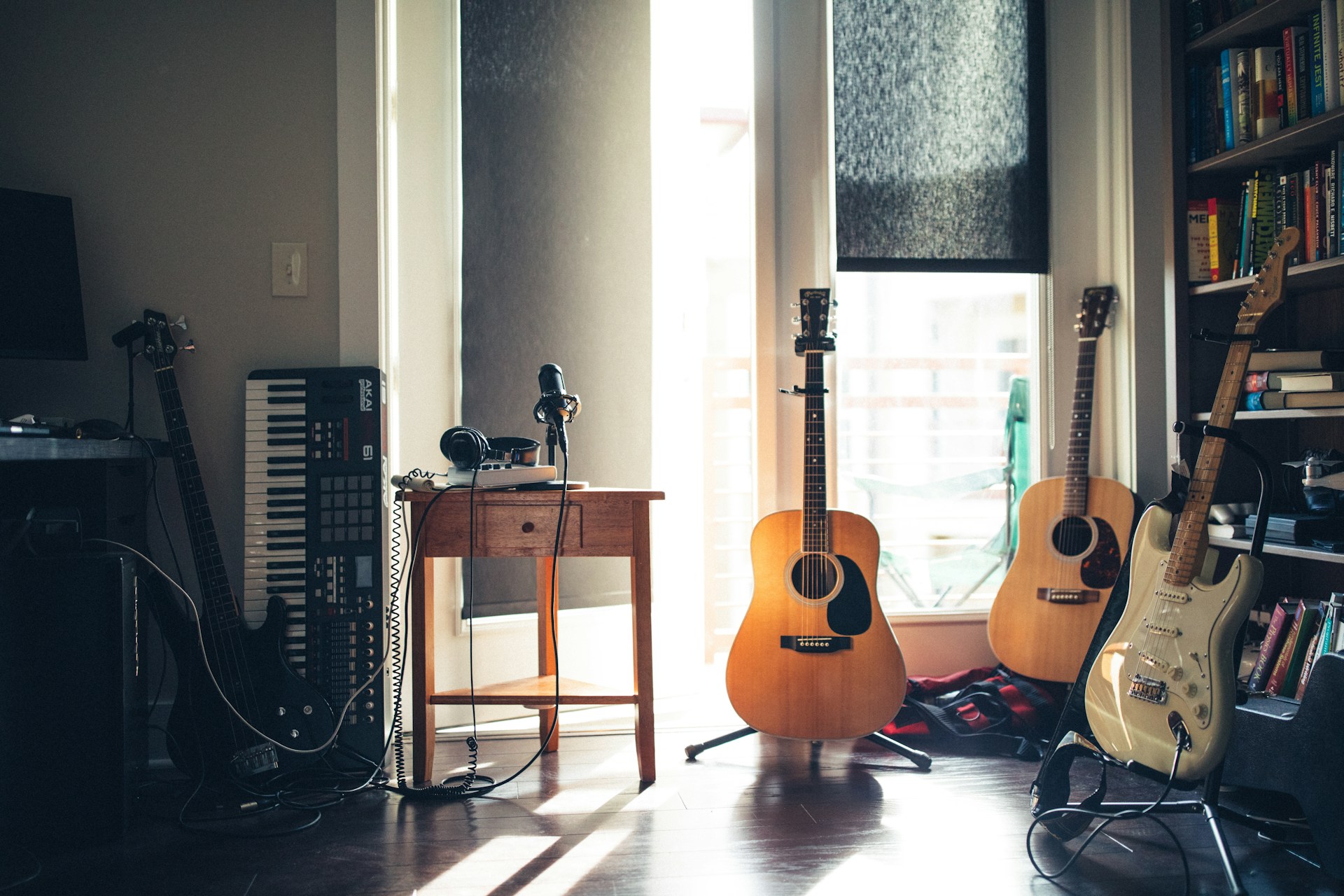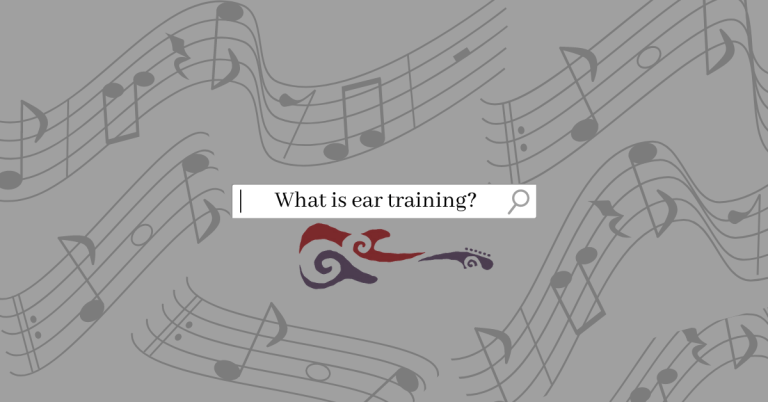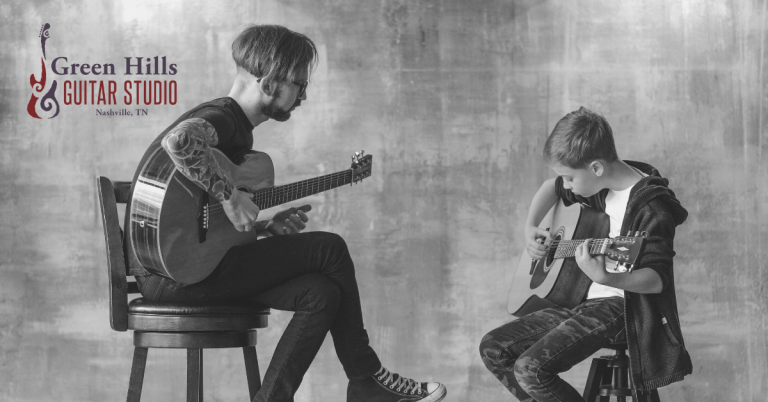Using Modal Interchange to Add Color to Your Chord Progressions
If your chord progressions are starting to sound predictable, the issue may not lie in your melody but in your harmony. Modal interchange offers a powerful yet accessible technique for guitarists, piano players, and songwriters seeking to expand their music theory chops or spice up their chord writing.
By borrowing chords from parallel modes, you can add fresh emotion and harmonic richness to your progressions without losing your song’s tonal center.
In this article, we’ll explore how modal interchange works, why it’s one of the most expressive songwriting techniques, and how to apply it to your own music. You’ll discover real-world examples from well-known songs, easy practice progressions, and guidance tailored to both guitar chord theory and creative expression.
Whether you’re crafting folk ballads, indie rock hooks, or jazz-inflected tunes, these tools can help you move beyond diatonic limits and into deeper musical storytelling.
What Is Modal Interchange?
Modal interchange (also called modal mixture) is a songwriting and harmony technique that involves borrowing chords from a parallel mode—a scale that shares the same root note (or tonic) but has a different combination of intervals.
For example:
- C Major = C – D – E – F – G – A – B
- C Minor = C – D – Eb – F – G – Ab – Bb
These are called parallel modes because they begin on the same tonic (C) but follow different patterns of whole and half steps. By temporarily borrowing a chord from a related mode—like C minor while you’re writing in C major—you can inject new emotional color, tension, or surprise into your chord progression, without fully leaving the original key.
This technique is popular in both modern and classic songwriting, and it’s especially effective for adding richness, melancholy, drama, or soulful contrast to an otherwise diatonic chord progression.
Why Use Modal Interchange?
Using modal interchange in your songwriting offers several creative advantages. It allows you to:
- Add harmonic interest without abandoning your song’s tonal center
- Create emotional contrast—moving from bright to dark, or stable to dramatic
- Break out of repetitive or clichéd chord progressions
- Explore more nuanced, expressive harmonic ideas
By borrowing chords from parallel modes, you can introduce colors that evoke subtle sadness, mystery, drama, or unexpected brightness—emotions that are often out of reach with diatonic chords alone.
Common Borrowed Chords & Their Emotional Impact
Borrowed chords from parallel modes are potent tools for shaping mood and movement in a song. Below are some of the most commonly used chords in modal interchange, along with deeper context and well-known song examples demonstrating their emotional impact in action.
These chords are “borrowed” from the parallel minor or mode, meaning they don’t appear in the major scale—but they share the same root and resolve smoothly when used thoughtfully.
♭III (from the parallel minor)
- Emotional effect: Richness, emotional lift, and unexpected depth
- In C major: Eb major
- Example: “Across the Universe” by The Beatles. The song’s dreamy, floating quality is enhanced using non-diatonic chords like the ♭III, adding a surreal, contemplative tone. The chord brings out subtle harmonic color without fully shifting key centers.
iv (from the parallel minor)
- Emotional effect: Tenderness, melancholy, introspection
- In C major: F minor
- Example: “Bridge Over Troubled Water” by Simon & Garfunkel. This song’s rich piano progression features shifts between major and minor IV chords, particularly in its climactic sections. The iv chord adds vulnerability and soulfulness, underscoring the lyrical themes of support and emotional release.
♭VI (from the parallel minor)
- Emotional effect: Drama, romanticism, longing
- In C major: Ab major
- Example: “While My Guitar Gently Weeps” by The Beatles. The song weaves through modal mixture with rich, emotive harmonies. The ♭VI (Ab major) creates a sweeping, yearning feel that deepens the emotional palette, especially in the verse sections.
♭VII (from Mixolydian or minor)
- Emotional effect: Folk-rock grit, anthemic or open feel
- In E major: D major
- Example: “Hey Ya!” by OutKast. The main loop in this song (G–C–D–E) is technically in E major, but the use of Mixolydian flavor and ♭VII-style movement can be heard in countless other pop and rock tunes. Another clearer example: “Sweet Home Alabama” uses D–C–G (V–IV–I in G major), with C functioning as ♭VII from G Mixolydian.
♭II (Neapolitan)
- Emotional effect: Tension, cinematic or theatrical drama
- In C major: Db major
- Example: “My Funny Valentine” (Jazz standard) / Classical works. The ♭II chord is often used just before a dominant (V) chord to heighten tension. In jazz and musical theater, it’s a tool for emotional climax or dramatic modulation. It creates a stately, almost mysterious quality when voiced smoothly.
Combination of Modal Interchange Chords
- Emotional effect: Elevated expressiveness, lush harmonic storytelling
- In E major: A minor (iv), C major (♭VI)
- Example: “God Only Knows” by The Beach Boys. Brian Wilson uses multiple modal interchange techniques throughout this song, including borrowing the iv chord (A minor) from E minor, and introducing C major (♭VI in E major). These modal shifts infuse the song with emotional ambiguity, spiritual tenderness, and harmonic sophistication—all while maintaining a pop sensibility.
These borrowed chords enrich a progression by stepping outside the parent major scale while still resolving naturally. They offer a powerful vocabulary for songwriters looking to shape feeling and form with greater nuance.
Examples of Modal Interchange in Popular Songs
“Across the Universe” by The Beatles
- Key: D major
- Progression: D – Bm – F – G – A
- Modal interchange: F major (♭III in D major) — The non-diatonic F major chord introduces a lush, meditative quality. As ♭III, it momentarily shifts the mood without leaving the tonal center, enhancing the song’s dreamy, introspective tone.
“No Surprises” by Radiohead
- Key: F major
- Progression (excerpt): F – Dm – Gm – C – F – Ab
- Modal interchange: Ab major (♭VI in F major) — The unexpected ♭VI chord (Ab major) lifts the harmony into a more surreal, emotionally ambiguous space. It acts as a pivot point that deepens the song’s melancholy character.
“She’s Always a Woman” by Billy Joel
- Key: C major
- Progression (excerpt): C – D7 – G – Bb – F
- Modal interchange: Bb major (♭VII), F major as modal cadence — The use of the ♭VII chord (Bb) adds warmth and lyrical tension, expanding the harmonic language beyond diatonic boundaries while still resolving smoothly. It’s a textbook case of pop-style modal mixture supporting nuanced lyrics.
“Let It Go” from Frozen
- Key: A major
- Progression (chorus): A – F – C – G
- Modal interchange: F major (♭VI), C major (♭III), G major (♭VII) — This chorus pulls heavily from the parallel A minor, creating an anthemic, cinematic lift. The modal borrowing amplifies the dramatic arc from vulnerability to empowerment.
“Fix You” by Coldplay
- Key: Eb major
- Progression (chorus): Eb – Bb/D – Cm – Ab – Bb
- Modal interchange: Ab major (♭VI), F minor (iv appears elsewhere) — The ♭VI chord (Ab major) adds emotional depth and soft resolution. Combined with the iv chord (F minor), which appears in transitional moments, these borrowed harmonies allow the song to swell from quiet reflection to cathartic release.
How to Practice Modal Interchange: Sample Progressions
Try these five progressions on guitar or piano. Each one uses modal interchange to introduce emotional contrast, expand harmonic color, or add a touch of surprise—all while staying rooted in the original key.
We’ve suggested starting keys to get you going, but be sure to explore each progression in different keys to internalize the sound and feel. The more you play them, the more naturally they’ll show up in your own songwriting.
1. I – ♭VII – IV – I
- Key center: G major (Mixolydian flavor)
- Progression: G – F – C – G
- Modal chord: F major (♭VII from G Mixolydian)
- Feel: Rooted and folk-leaning. This progression adds grit and openness—a staple of Americana, folk-rock, and jam-band harmony.
2. I – ♭VI – ii – V
- Key center: A major
- Progression: A – F – Bm – E
- Modal chord: F major (♭VI from A minor)
- Feel: Lush and expressive. The ♭VI sets up a soulful contrast before resolving through a classic ii–V. Great for ballads, soul, or R&B-pop.
3. I – IV – iv – I
- Key center: D major
- Progression: D – G – Gm – D
- Modal chord: G minor (iv from D minor)
- Feel: Cinematic and romantic. The chromatic drop from G to Gm adds tender melancholy, perfect for ballads, gospel, and dramatic builds.
4. I – ♭III – ♭VI – V
- Key center: E major (borrowing from E minor)
- Progression: E – G – C – B
- Modal chords: G major (♭III) and C major (♭VI) from E minor
- Feel: Expansive and hybrid. Combines modal color with a strong dominant (B) to create indie-rock tension or jazz-pop ambiguity.
5. I – ♭II – V – I
- Key center: F major
- Progression: F – Gb – C – F
- Modal chord: Gb major (♭II from F minor)
- Feel: Bold and theatrical. The Neapolitan chord (♭II) injects high drama before resolving powerfully to the tonic. Great for musical theater, jazz, or film scoring.
These progressions work because the borrowed chords share the same tonic (root) as the home key—but introduce new color by borrowing from parallel minor or modal variants. Practice them in different keys and tempos to internalize their emotional potential.
Tips for Songwriters
- Start simple. Use one borrowed chord per progression at first to keep the tonal center clear while adding emotional contrast.
- Let emotion lead. Choose modal chords that align with the feeling you’re trying to express—sorrow (iv), surprise (♭III), or drama (♭II).
- Focus on voice leading. Smooth motion between notes (e.g., IV → iv) helps borrowed chords feel intentional rather than jarring.
- Use borrowed chords to pivot. Modal chords can double as pivot points to modulate into new keys or modes naturally.
- Pair chords with lyric shifts. Place a borrowed chord under a key lyric or emotional turn—it can amplify meaning and create dramatic impact.
From Theory to Expression
Modal interchange isn’t just a theory exercise—it’s a tool for emotional storytelling. Each time you borrow a chord, you’re making a choice that shapes the listener’s experience. Whether you’re reaching for melancholy, contrast, tension, or surprise, this technique remains one of the most expressive and flexible tools in a songwriter’s harmonic toolbox.
Ready to Expand Your Songwriting Vocabulary?
At Green Hills Guitar Studio, we help musicians of all levels bring their songwriting and guitar playing to life. Whether you’re a beginner learning your first chord or a seasoned writer looking to explore harmony in-depth, we offer:
- One-on-one guitar lessons
- Songwriting & music theory coaching
- Available online or in-person in Nashville







